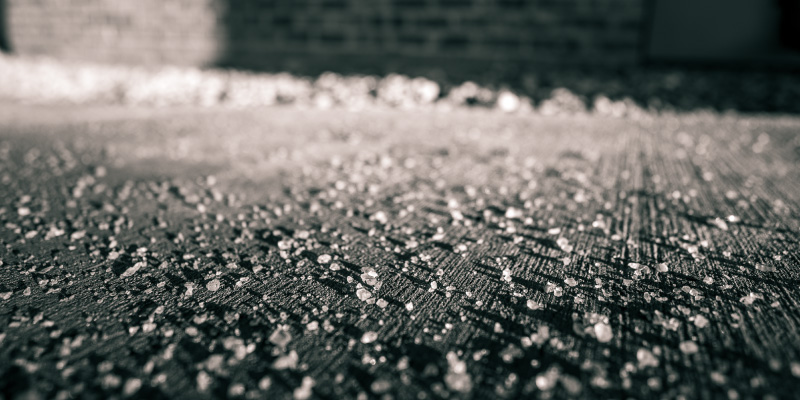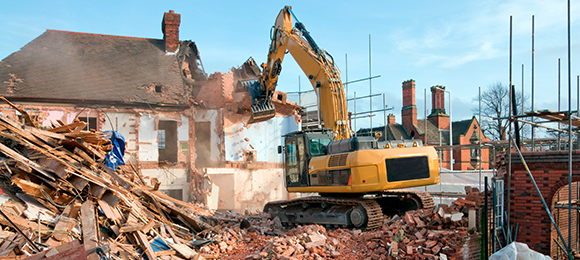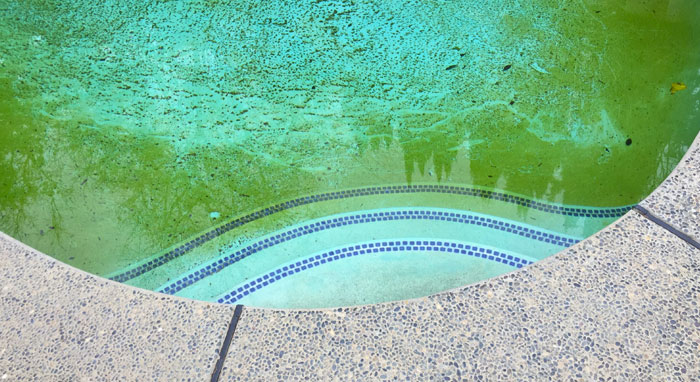
Updated January 23, 2023
Concrete and asphalt are both incredibly durable materials, but they're not indestructible. Pavement is not impervious to the elements, and winter can wreak havoc on it over time.
When freezing temperatures and snowstorms hit, concrete and asphalt can become cracked and increasingly unsightly over the years.
Unattractive, cracked, and uneven driveways and walkways can negatively impact a home’s curb appeal and overall value, which should be a concern for any homeowner.
Similarly, if you own a commercial property and you fail to adequately prepare your pavement for the winter elements, a parking lot full of cracks and potholes and walkways that are cracked and uneven can negatively impact your business.
If your public property is unsafe in some way, you could face liability claims if customers, pedestrians, or employees trip and injure themselves or damage their car.
When cracking or damage is severe, you'll likely need to replace it, which can cause interruptions in operations if they don't cause them to halt altogether.
If your pavement is in bad shape, don't put off your concrete or asphalt replacement any longer. Request free, no-obligation quotes from local concrete or asphalt removal contractors so you can schedule your project at your earliest convenience.
If your pavement is still in decent shape, familiarize yourself with the freeze-thaw cycle as well as the best ways to prevent damage to your pavement in the future so it stays in good shape for as long as possible.
Table of Contents:
- Intro to the Freeze-Thaw Cycle
- Signs of Winter Damage to Pavement
- How to Prevent Winter Pavement Damage
Find local pavement replacement companies

What the Freeze-Thaw Cycle Is
The freeze-thaw cycle occurs in concrete and asphalt during winter months.
Because pavement is porous, when water comes in contact with it (if it's not properly sealed), the water is able to seep into the pavement's pores and any cracks present.
This process of the water getting inside the pavement is called "capillary absorption."
Once the water is absorbed in the pavement, it poses a risk of freezing. After freezing, the water within the concrete or asphalt becomes roughly 9% bigger, taking up more volume than it did pre-freeze.
This internal pressure leads to micro-cracks within the pavement, and once the temperatures rise and the ice melts, damage becomes more visible.
This cycle of freezing and thawing increases the amount of micro-cracks within the pavement, which causes aging and damage to occur at a faster rate.
You should also avoid salting your concrete. Salt turns ice to water, which eventually turns back into ice and perpetuates the freeze-thaw cycle even further.
Signs Your Pavement Has Winter Damage
The freeze-thaw cycle is why moisture from rain, snow, ice, and water vapor can be so damaging to concrete and asphalt.
Here are the main ways that winter moisture can deteriorate your concrete or asphalt...
Discoloration
Snowfall can be damaging when it's allowed to build up or remain undisturbed on the pavement for an extended period of time.
Not only does the accumulated snow lead to staining from dirt or salt buildup, but the expanding of the concrete itself can also cause discoloration.
This may seem insignificant and isn't a major issue for most people, but this is the first sign of damage in most cases.
Cracking
Cracking is one of the most obvious signs of damage in concrete and asphalt, and the easiest for people to spot.
If the pavement is poorly mixed or designed, it's at an even greater risk of cracking during the winter months.
As previously mentioned, when water is able to enter the pavement and freeze, that tensile pressure leads to micro-cracks which lead to larger, more visible cracks.
Learn more: Should You Repair or Replace Cracks in Your Concrete Driveway?
Scaling
Scaling happens when thin top layers of the concrete start to peel, which look like small, paper-thin flakes. Light scaling shows small patches of flakes on the flatwork slab.
When the problem becomes severe, the concrete peels more deeply, exposing the various fine and coarse concrete aggregates within.
Just like with cracks, scaling problems are worsened by the use of certain de-icing chemicals, like salt.
Spalling
Spalling is another common yet lesser-known issue that occurs with pavement in winter.
Spalling is the delamanation, or separation, of the substrate from cracked areas of the flatwork slab.
Rebar corrosion caused by extensive exposure to moisture and the freeze-thaw cycle is the main culprit for spalling.
If you leave your concrete in this delaminated condition, the damage can spread, affecting your property's overall value more and more over time.
Lifting, Warping, or Sinking
Another common sign of winter damage in pavement is when waves, hills, or dimples appear. This is a sign that the pavement has lifted.
This is especially common in newer asphalt driveways, parking lots, and other surfaces when they experience their first freeze-thaw cycle.
If the surface of your sidewalk has waves, dimples, or small “hills,” this could be a sign that the ground under your driveway has “lifted” during a freeze-thaw cycle.
Luckily, the asphalt can be leveled again in most cases.
In severe cases or in the case of older concrete or asphalt, it's likely the pavement needs to be replaced rather than leveled.
Read on:
How to Prevent Winter Damage to Pavement
Caring properly for your concrete or asphalt will help keep it strong, durable, and looking its best for years to come.
Seal It Properly
To protect your concrete from the dangers of winter, your best bet is to ensure it is properly sealed.
The right high-quality sealant will protect your pavement from freezing temperatures, water, ice, snow, de-icing chemicals, etc.
However, we understand that this is easier said than done, because oftentimes, we buy our home with the driveway in its current condition and can only work with what we've got.
Avoid De-Icing Agents
The next step to preventing winter damage is to avoid the use of damaging de-icing agents.
As salt melts the snow and ice on your pavement, the freezing point of that water is lowered, attracting even more moisture and continuing the damaging freeze-thaw cycle.
The longer the freeze-thaw cycle continues, the more damage done to your pavement.
Use Plastic Snow Removal Equipment
Instead of using salt or other chemical agents to melt the snow and ice on your property, we recommend snow plowing or shoveling whenever possible.
And not with just any shovel or plow, but ideally with one that is plastic or non-metal to prevent additional exterior damage.
Keeping snow and slush off your concrete and asphalt as much as possible will help to minimize risk of snow and water damage from the freeze-thaw cycle.
Concrete and cold weather do not mix. Unfortunately, your pavement could become heavily damaged if you don’t correctly seal your concrete and prepare for freezing temperatures and snowstorms. If you believe that your concrete is damaged beyond repair, make sure you reach out to local concrete and asphalt repair and replacement experts.
No matter what shape your concrete is in, they'll help it to look new again.


